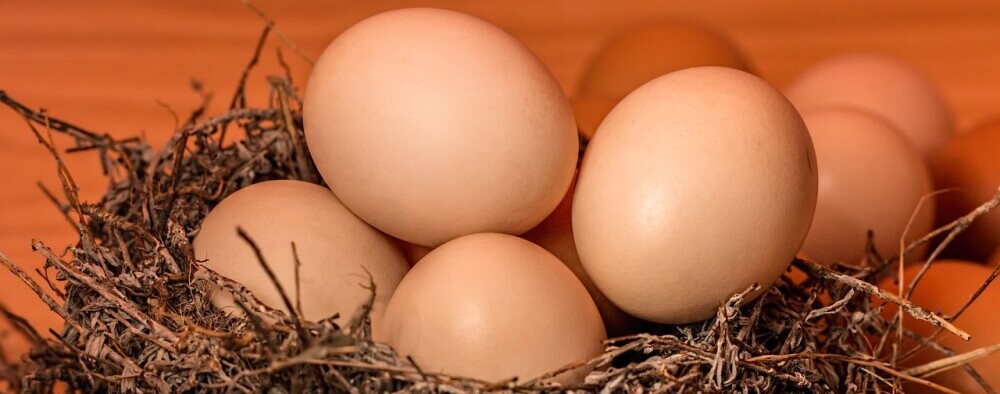Understanding The Fertilization Process Of Chicken Eggs
Chicken eggs are a staple in diets worldwide, but the process of how they are fertilized is often misunderstood. Understanding when and how chicken eggs become fertilized is crucial, especially for those involved in egg production or backyard farming. In this article, we delve into the intricacies of fertilization in chicken eggs, shedding light on the key stages and factors involved.

The Basics of Fertilization
Fertilization in chicken eggs occurs when a sperm cell from a rooster combines with an egg cell from a hen. Roosters are necessary for fertilization to happen, as they provide the sperm required for the process. In the absence of a rooster, eggs laid by hens remain unfertilized and are suitable for consumption.
When Does Fertilization Occur?
Fertilization typically takes place inside the hen’s reproductive system, specifically within the oviduct. After mating, sperm cells can remain viable inside the hen for up to several weeks, allowing for the fertilization of multiple eggs from a single mating event. The exact timing of fertilization depends on various factors, including the frequency of mating and the reproductive health of both the rooster and the hen.
The Role of the Ovum
The ovum, or egg cell, plays a crucial role in the fertilization process. Once released from the ovary, the ovum travels through the oviduct, where it awaits fertilization. If fertilization occurs, the sperm cell penetrates the ovum’s outer membrane, leading to the formation of a zygote—the initial stage of embryo development.
Factors Affecting Fertilization
Several factors can influence the fertilization of chicken eggs. These include the age and health of the rooster and hen, environmental conditions, and the frequency of mating. Optimal fertilization rates are often observed when hens and roosters are in prime reproductive condition and provided with appropriate nutrition and housing.

Incubation and Development
Once fertilized, chicken eggs can develop into embryos if they are subjected to appropriate incubation conditions. In commercial settings, this is often achieved using artificial incubators that control temperature and humidity levels. In natural settings, hens may incubate fertilized eggs by sitting on them to provide warmth and facilitate embryo development.
Understanding the fertilization process of chicken eggs is essential for those involved in egg production or backyard farming. Fertilization occurs when a sperm cell from a rooster fertilizes an egg cell from a hen within the oviduct. Factors such as the health of the rooster and hen, environmental conditions, and mating frequency can influence fertilization rates. Once fertilized, chicken eggs can develop into embryos under appropriate incubation conditions.
FAQs
Q: Can unfertilized eggs be eaten?
A: Yes, unfertilized eggs are perfectly safe to eat and are the type commonly found in grocery stores.
Q: How long does fertilization take after mating?
A: Fertilization can occur within minutes to hours after mating, as sperm cells can remain viable inside the hen for several weeks.
Q: Can hens lay eggs without mating with a rooster?
A: Yes, hens are capable of laying eggs without mating with a rooster. These eggs are unfertilized and cannot develop into embryos.
Q: How can I tell if an egg is fertilized?
A: Candling is a method used to determine if an egg is fertilized. By shining a bright light through the egg in a dark room, you can see the development of veins and an embryo if the egg is fertilized.

